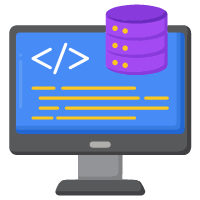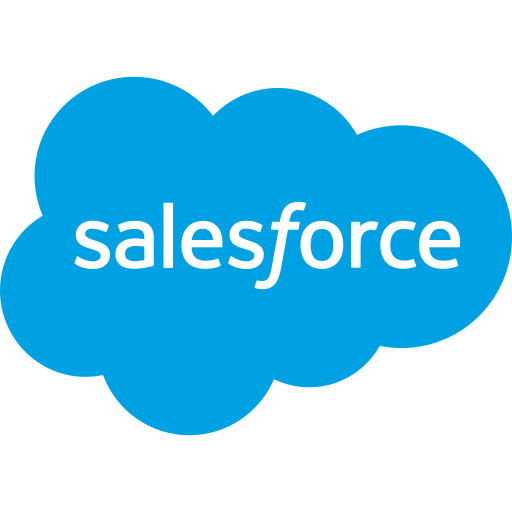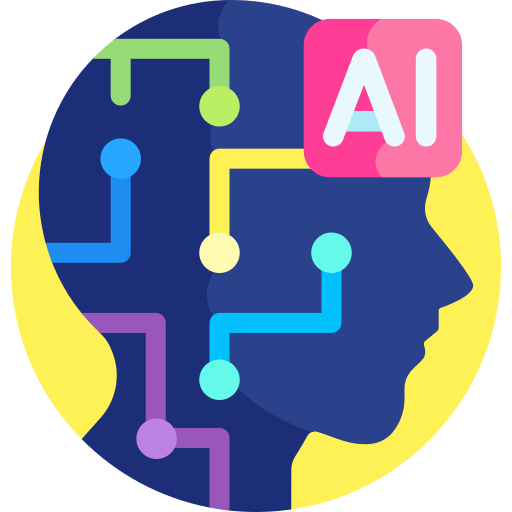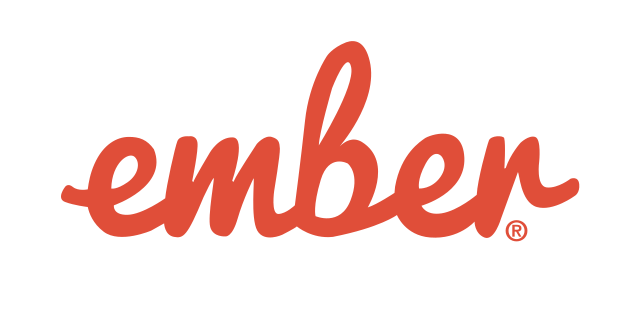Introduction
In this constantly changing world of web development, staying ahead is important, and one of the many ways to do that is by mastering front-end frameworks. These simplify and streamline the development process. These frameworks are essential tools for modern web developers, offering too many advantages that can propel your career to new heights. In this blog, let us explore and discuss the top 5 front-end frameworks that you can consider mastering to strengthen your web development skills.
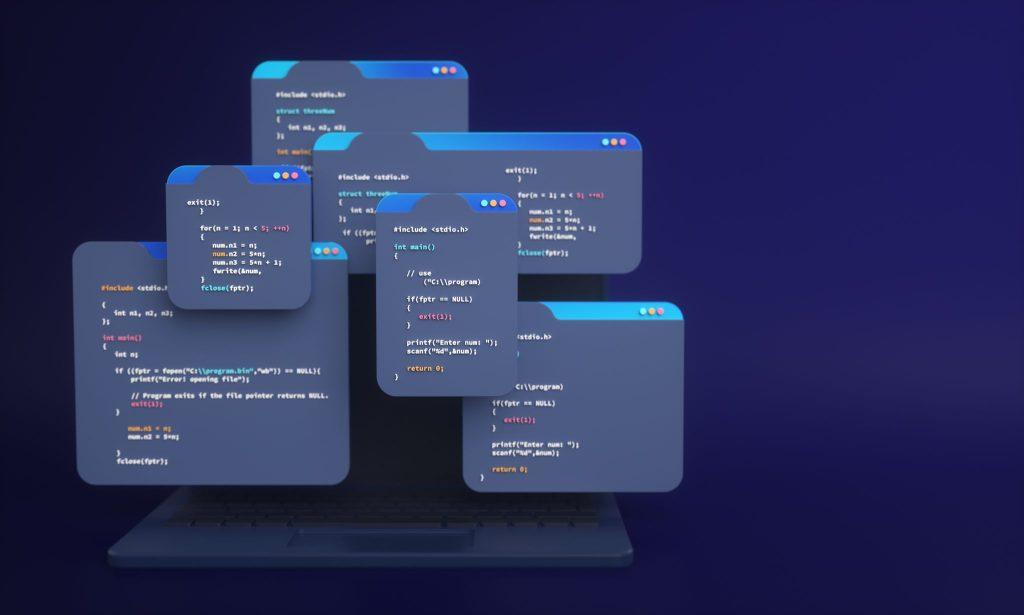
Firstly let’s start by understanding what actually are these front-end frameworks, why front-end matters and later discuss briefly the top 5 front-end frameworks, their strengths and where they are being used.
What are Front-End Frameworks?
A framework is a software tool that aids in the creation and maintenance of large projects. It comprises fundamental modules that include code for common programming tasks like handling AJAX requests and defining file structures. Frameworks also outline rules for app architecture, requiring modifications to meet requirements. Examples of frameworks include utility programs, code libraries, and scripting languages. They provide a foundation for implementing project-specific features, allowing developers to start projects from scratch without having to start from scratch.

Frontend in web development refers to the graphical user interface of a website, allowing visitors to interact and learn from the server side. Front-end frameworks are a collection of pre-written codes and libraries that help developers build the user interface of a website or web application. They provide a structured foundation, including ready-made components and functionalities, making it easier to create responsive, visually appealing web interfaces.
Why Mastering Front-End Matters?
Before diving into the specifics of these frameworks, let’s understand why mastering them is so important. First and foremost, proficiency in front-end frameworks significantly boosts your productivity. Rather than reinventing the wheel with each project, you can leverage the features and components provided by the framework, saving time and effort.
Furthermore, companies are looking for people with expertise in front-end frameworks and value developers who can efficiently work with these tools, as it ensures faster development cycles and better user experiences. In other words, it opens up a world of job opportunities and career growth.
Criteria for Choosing Right Front-End Framework
With too many front-end frameworks available, selecting the right one for your project is crucial. Here are some factors to consider:

Project Requirements
Choose a framework that aligns with your project’s needs. Some frameworks excel at building single-page applications, while others are ideal for complex web applications

Community Support
A strong and active community can be a lifesaver when you encounter issues or need help. Check for a framework with a thriving developer community.

Learning Curve
Evaluate the learning curve. Some frameworks may be more challenging to pick up than others, depending on your existing skill set.
Now, let’s dive into the top 5 front-end frameworks to master:
Overview: React, also known as ReactJS, is a popular front-end JavaScript library used for developing user interfaces and related components. It uses the MVC (Model-View-Controller) architecture and has a virtual DOM for document access and manipulation. React interacts well with HTML and XML documents, forming a tree structure and allowing each HTML element to function as an object.
React is a fantastic library in the front-end family of tools powered by Facebook. It uses JSX coding style, a mix of HTML quotes and tag syntax, to create components, enhancing developers’ productivity. React Admin Templates are available to accelerate development and create professional, visually appealing admin interfaces.
Strengths: React’s virtual DOM (Document Object Model) and one-way data binding ensure efficient rendering, making it a top choice for dynamic web applications.
Notable Projects: Facebook, Instagram, Airbnb, and WhatsApp all use React for their user interfaces.
Overview: Angular is a popular web frontend framework developed by Google, focusing on creating efficient single-page applications. It is a typescript-based platform with tools for code creation, testing, and modification.
Angular allows developers to scale single-page applications to enterprise-level applications, making it a popular choice for YouTube and Google Translate. With numerous features, Angular is a component-based framework that offers a range of features, making it a top choice for web developers.
Strengths: Two-way data binding and a robust dependency injection system make Angular a powerful framework for large-scale applications.
Notable Projects: Google Ads, Microsoft Office, and PayPal rely on Angular for their web applications.
Overview: Vue.js is a modern, progressive MVVM framework that leverages incremental adoption. It offers lightweight, easy-to-adapt interactive UI elements and provides data-reactive elements through a flexible API. Vue.js is easy to install and download, allowing for easy creation of small and large-level templates and quick error identification.
It simplifies application binding and provides extensive documentation. Vue.js also assists developers in understanding peer frontend frameworks like Angular.js and React.js, and its MVVM architecture simplifies handling HTML blocks.
Strengths: Vue.js offers a simple and flexible API, making it an excellent choice for developers of all skill levels. It also has excellent documentation.
Notable Projects: Alibaba, Xiaomi, and Adobe use Vue.js in their applications.
Overview: Ember is an open-source frontend framework that aids in creating modern user interfaces for internet solutions, mobile and desktop apps, and cross-platform applications. It follows the MVVM pattern and automatically generates a testing program for new entities. Ember’s community of talented developers continuously releases and improves new features.
Strengths: Ember’s strong conventions and CLI (Command Line Interface) tools streamline development and maintenance.
Notable Projects: Discourse and LinkedIn use Ember.js to power their web applications.
Overview: Svelte is a JavaScript compiler developed by Rich Harris in 2017 that focuses on high-performance user interfaces. It uses a specialized JavaScript virtual machine for creating user interfaces, making it up to ten times faster than other frameworks like Angular and React.
Svelte is suitable for small, quick applications developed by a small team of frontend developers, including beginners. However, it is not suitable for large project development due to its limited popularity and the lack of necessary help and tools in its small community.
Strengths: Svelte approach results in smaller file sizes, faster loading times, and a more natural component development process.
Notable Projects: Philips BlueHive, Cashfree, Chess, Godaddy, HealthTree, Rakuten, and Razorpay.
Conclusion:
In the dynamic field of web development, mastering front-end frameworks is a game-changer. Whether you choose React, Angular, Vue.js, Ember.js, or Svelte, each of these frameworks has its own unique strengths and applications. By investing time in learning and practicing these frameworks, you not only enhance your skills but also open doors to exciting career opportunities. So, pick one that aligns with your goals, start learning, and embark on your journey to becoming a front-end framework master. Remember, the world of web development is constantly evolving, so staying curious and committed to learning is the key to long-term success.
mVerve is a leading front-end development company that offers tailored services to businesses looking to enhance their online presence and user experience. With a team of skilled developers, we can transform your web presence into a visually stunning, user-friendly platform.
Whether you’re starting from scratch or revamping an existing website or web application, mVerve’s services are designed to exceed your expectations and engage your audience. Choose mVerve to elevate your business to the next level.
Visit: https://mverve.com/frontend-service/ to know more about our Front-End Development Services.




